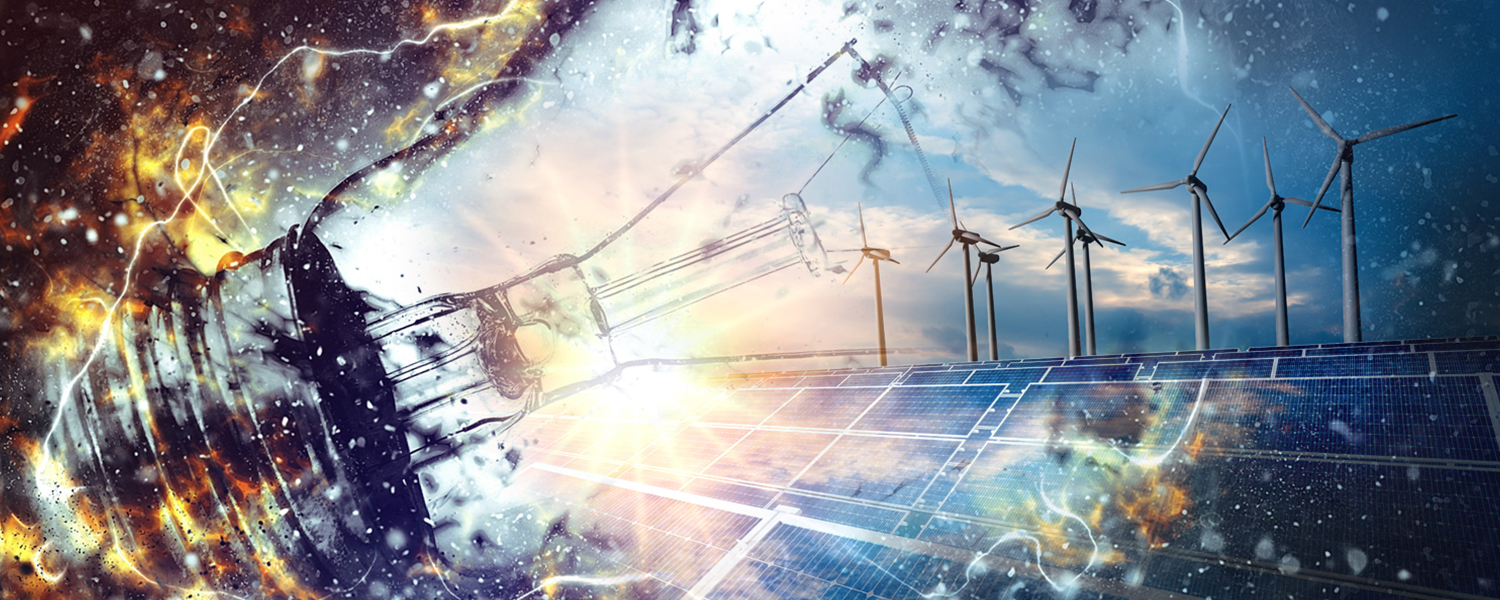How we delivered a suite of feasibility studies to identify improvement options for a large producer.
How do existing LNG plants compete with new ones?
Our long-standing partner is improving efficiency at its aging assets, so it can boost liquified natural gas (LNG) production, reduce greenhouse gas (GHG) intensity, and remain competitive. But with six different target areas to improve and multiple concepts for each, our partner needed an independent evaluation on the most viable options.
A fusion of LNG, technology, and engineering expertise
We tapped into insights from our sulphur technology business, Comprimo, and engineering expertise from Worley. The team consisted of specialists from LNG design and operations, acid gas removal, and local design teams familiar with sites and their operating process. Together with licensors and equipment manufacturers, we screened various technologies and concepts to find the most viable recommendation.
We then developed full engineering cost estimates, schedules, and the associated gas and GHG emissions savings.
Re-processing waste gas and improving compression train efficiency
Our recommendations included options to reprocess ‘waste’ gas, recover hydrocarbons and replace compression trains with the latest high efficiency technologies. If our client implements all recommendations and increases production at the corresponding improved efficiency, it could achieve up to a 5 percent reduction in GHG emissions.
We’re on standby to support our partner as they take the next step.




